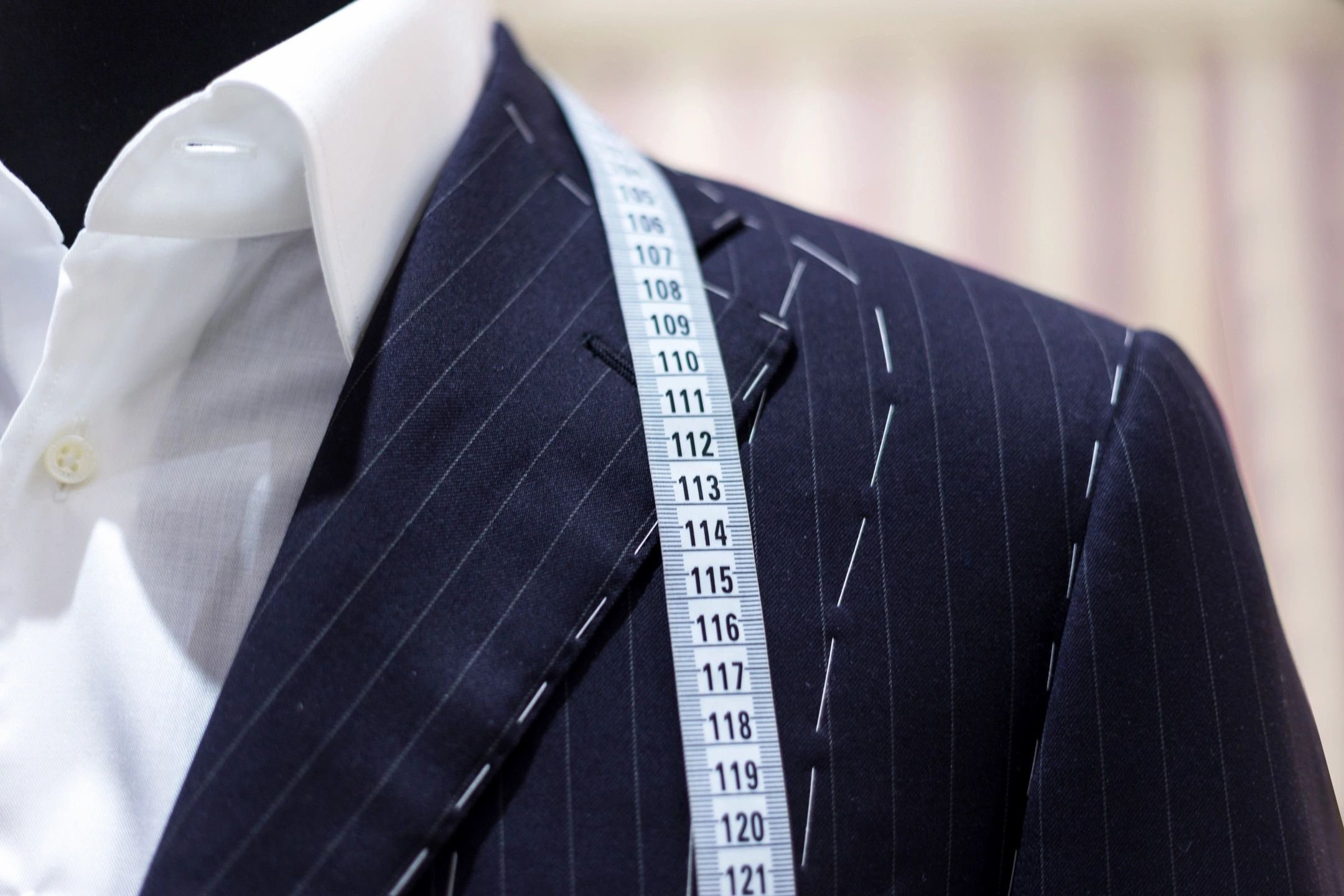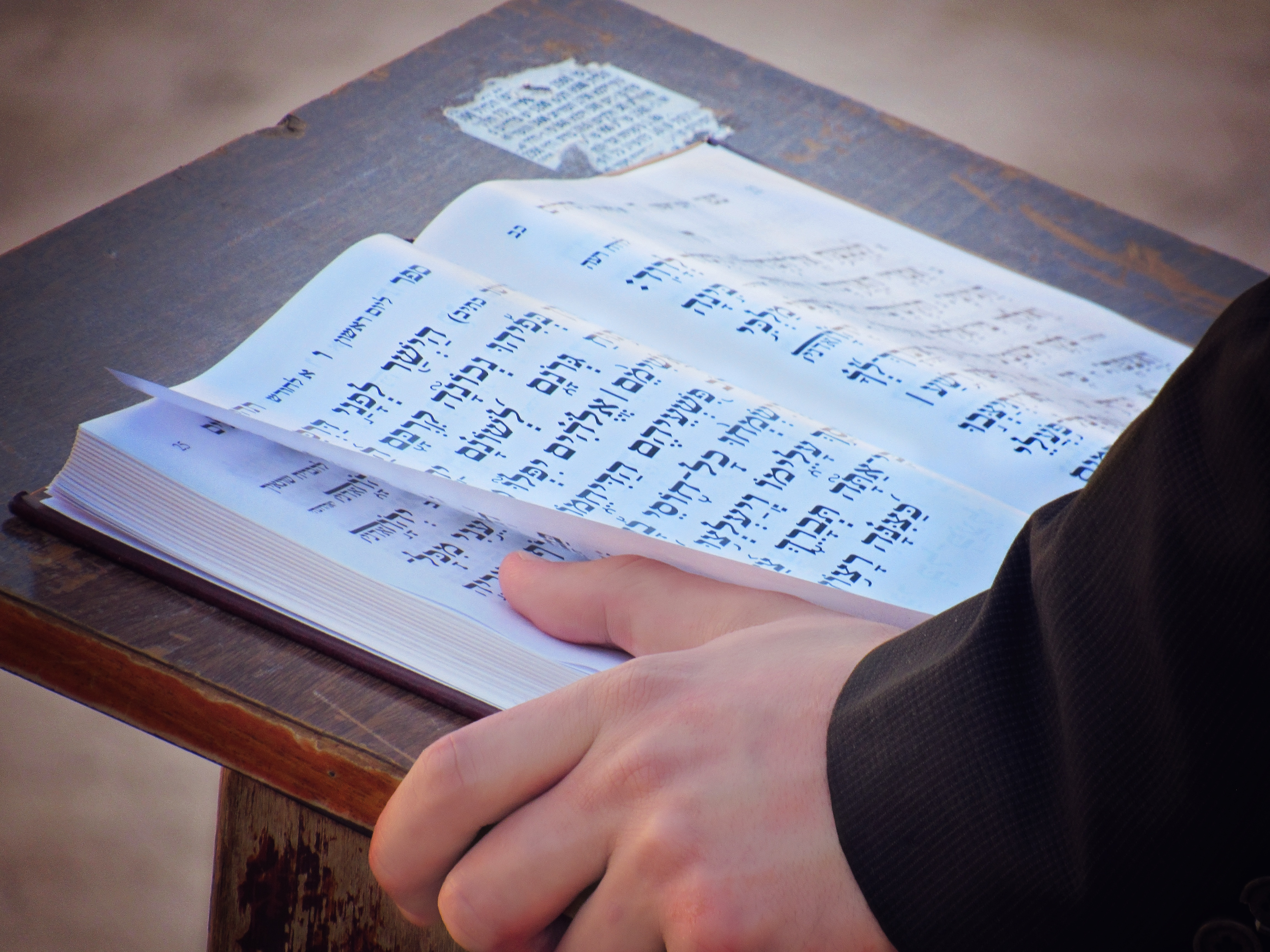Parshas Devarim is read on the Shabbos before Tishah B’Av, known as Shabbos Chazon, because its haftorah (Yeshayahu 1:1-1:27) begins with the words, “Chazon Yeshayahu — The vision of Yeshayahu.” On Shabbos Chazon, we contemplate the meaning of Tishah B’Av, the Ninth of Av. Rav Yechiel Spero shlita writes: Rav Levi Yitzchak of Berditchev has a very inspiring insight on this exalted and special Shabbos. Human beings live within the realm of time. We can see only what is happening in our own time period; the past and future are not before us. However, the past, present, and future are all right in front of Hashem. Thus, the third Beis HaMikdash, in all its glory, is in front of Hashem. He is only waiting for the right time to bring it down.
Rav Levi Yitzchak explains that Shabbos Chazon is the Shabbos of the neshama’s Chazon, “the soul’s vision,” when Hashem takes the spiritual component within us and shows each of us a vision of the Beis HaMikdash in its splendor. And when we see this image, perhaps we will be inspired to bring it down to earth, so we can have it in reality.
Rav Levi Yitzchak highlighted this thought with a meaningful parable. There was once a king who wanted to give his child a beautiful garment, so he hired the best tailor to sew a suit for him. After a few weeks, it was finally ready. The child was so proud to wear the suit, which fit him so well and made him look so handsome. After a while, he started to run around, not being careful with his valuable suit, and it became torn. When the father saw the damaged garment, although he was disappointed, he still wanted his child to have a fine suit of clothes, so he purchased another suit for him, with the hope that this time he would take better care of it.
However, before long, the young prince began to climb trees while wearing this suit, and a short while later, it, too, was ripped. This time, the father realized that he could not just give him another suit to wear. If he wanted his son to really take pride in the garment and to care for it properly, he would have to make him prove that he was worthy of it. Thus, he asked the tailor to sew an even nicer suit than the previous two, but he did not give it to his child right away. Instead, he kept it in a closet. He would show it to his child every once in a while, and the king would tell his son that he would give it to him only when he was able of caring for it.
Although the child wanted the suit very badly, he also wanted to continue to play and run and climb and do things that the other children did. One year, when the king showed the suit to his son, the boy decided that he was ready to become more responsible and not continue his childish ways so that he could finally wear the magnificent suit.
Hashem gave us two suits: two Batei Mikdash, but we tore them. We destroyed both of them with our carelessness. He is ready to give us a third suit, but we have to show that we are ready to wear it and not ruin it as we did to the other two. So, every year, on Shabbos Chazon, explains Rav Levi Yitzchak, Hashem reveals an image of the third and final Beis HaMikdash to our neshama, even while we are still suffering in exile. This is done with the hope that this year we will decide once and for all that we want to improve our ways so that we can wear the suit and take pleasure in the Third Beis HaMikdash!








